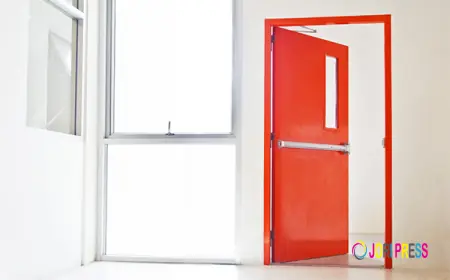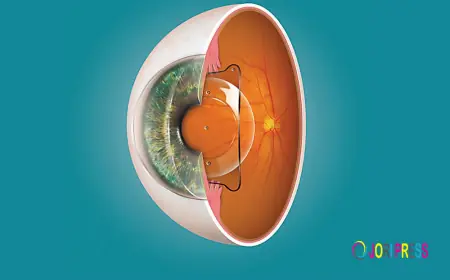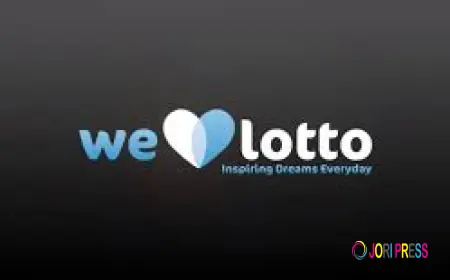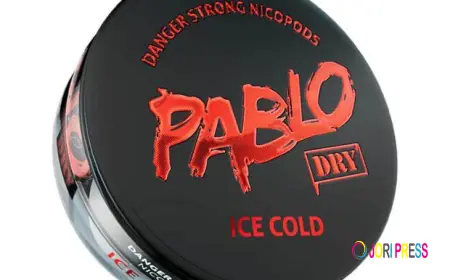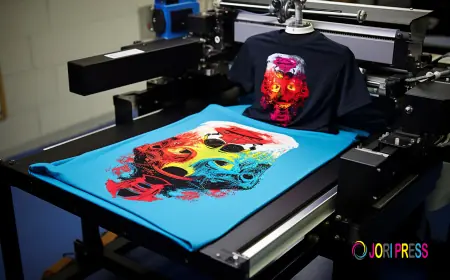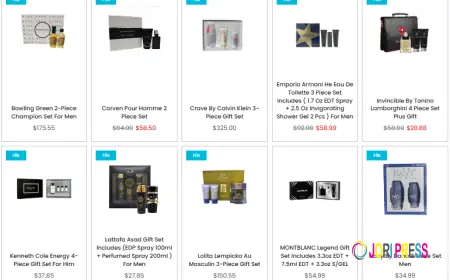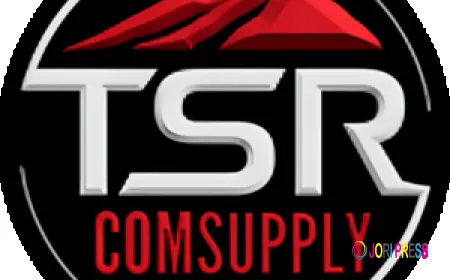Custom Embroidery Digitizing vs. Stock Designs: The Key Differences

If you’ve ever wanted to add embroidery to a garment, bag, or any other fabric item, you’ve probably faced a big question: Should you use a pre-made stock design or invest in custom embroidery digitizing? Both options have their pros and cons, and the best choice depends on your project, budget, and personal style.
Let’s break down the key differences between custom digitizing and stock embroidery designs so you can decide which one works best for you.
What Are Stock Embroidery Designs?
Stock embroidery designs are pre-digitized patterns that you can purchase and download instantly. They come in all kinds of styles—floral motifs, holiday themes, animals, fonts, and more. Many online marketplaces sell these designs, often at affordable prices, making them a popular choice for hobbyists and small businesses.
The biggest advantage of stock designs? Convenience. You don’t have to wait for a digitizer to create a file—just buy, download, and stitch. They’re also great if you need something generic, like a basic monogram or a seasonal decoration.
But there’s a catch. Stock designs are made for mass appeal, which means they might not perfectly fit your vision. If you want something truly unique—like a company logo, a specific illustration, or a personalized portrait—a stock design won’t cut it. That’s where custom digitizing comes in.
What Is Custom Embroidery Digitizing?
Custom embroidery digitizing is the process of converting an original image or artwork into a stitch file that an embroidery machine can read. Unlike stock designs, which are pre-made, custom digitizing tailors the design exactly to your needs.
This is the go-to option for businesses, artists, and anyone who wants a one-of-a-kind embroidered piece. Whether it’s a brand logo, a family crest, or a detailed illustration, a professional digitizer will adjust stitch types, densities, and directions to ensure the design looks perfect when stitched.
The downside? Custom digitizing takes more time and money than buying a stock design. But for projects where branding, originality, and precision matter, it’s worth the investment.
Key Differences Between Custom and Stock Embroidery Designs
Now that we’ve covered the basics, let’s dive into the real differences between these two options.
1. Uniqueness
If you want something nobody else has, custom digitizing is the only way to go. Stock designs are sold to hundreds (sometimes thousands) of customers, so you might see the same pattern on someone else’s jacket or bag.
Custom digitizing ensures your design is exclusive. This is especially important for businesses—you wouldn’t want your company logo to look like a generic stock graphic.
2. Quality and Precision
Stock designs are digitized to work well on a variety of fabrics, but they aren’t optimized for every scenario. If you’re embroidering on a thick material like denim or a stretchy fabric like knit, a stock file might not stitch out perfectly.
Custom digitizing, on the other hand, takes your specific fabric and project into account. A skilled digitizer will adjust stitch lengths, underlay, and pull compensation to prevent puckering, gaps, or thread breaks. The result? A cleaner, more professional finish.
3. Flexibility in Design
Stock designs are fixed—you get what you see. If you want to tweak the colors, resize it, or modify certain elements, you’re often limited. Some sellers offer minor adjustments, but major changes usually aren’t possible.
With custom digitizing, you have full control. Want to combine two logos? Change the text? Adjust the stitch density? A digitizer can make it happen. This flexibility is crucial for branding, personalized gifts, and complex artwork.
4. Cost Comparison
Stock designs are undeniably cheaper. You can find decent designs for as little as a few dollars, making them ideal for hobbyists or small projects.
Custom digitizing, however, is an investment. Prices vary depending on complexity, but you might pay anywhere from $15 to $100+ for a high-quality digitized file. For businesses, this cost is usually justified because a well-digitized logo can be used repeatedly on uniforms, hats, and promotional items.
5. Turnaround Time
Need a design today? Stock files are instant. Custom digitizing can take anywhere from a few hours to a few days, depending on the digitizer’s workload and the complexity of your design.
If you’re in a rush, stock designs are the obvious choice. But if you’re planning ahead—like for a product launch or a special event—custom digitizing ensures you get exactly what you need.
When Should You Use Stock Designs?
Stock embroidery designs are great for:
- Casual projects – If you’re just experimenting or making gifts for friends, stock designs save time and money.
- Generic themes – Need a basic floral border or a holiday design? Stock files have you covered.
- Beginners – If you’re new to machine embroidery, practicing with stock designs helps you learn before investing in custom work.
When Is Custom Digitizing Worth It?
Custom embroidery digitizing is the better choice when:
- Branding matters – Logos, team uniforms, and business merchandise need a professional touch.
- You want originality – Personalized art, portraits, or unique illustrations require custom work.
- Fabric is tricky – If you’re stitching on difficult materials (like fleece or towels), a custom file ensures better results.
- Long-term use – If you plan to reuse the design many times (like for a business), custom digitizing pays off over time.
The Bottom Line
Stock embroidery designs are quick, affordable, and convenient—perfect for hobbyists and simple projects. But if you need something unique, high-quality, and tailored to your exact needs, custom digitizing is the way to go.
Think of it like buying clothes: stock designs are off-the-rack, while custom digitizing is a tailored suit. Both have their place, but one offers a perfect fit.
So next time you’re planning an embroidery project, consider your goals. If you want speed and savings, grab a stock design. If you want precision and exclusivity, invest in custom digitizing. Either way, you’ll end up with a beautifully stitched creation—it just depends on how much control you want over the final product.
What's Your Reaction?
 Like
0
Like
0
 Dislike
0
Dislike
0
 Love
0
Love
0
 Funny
0
Funny
0
 Angry
0
Angry
0
 Sad
0
Sad
0
 Wow
0
Wow
0








